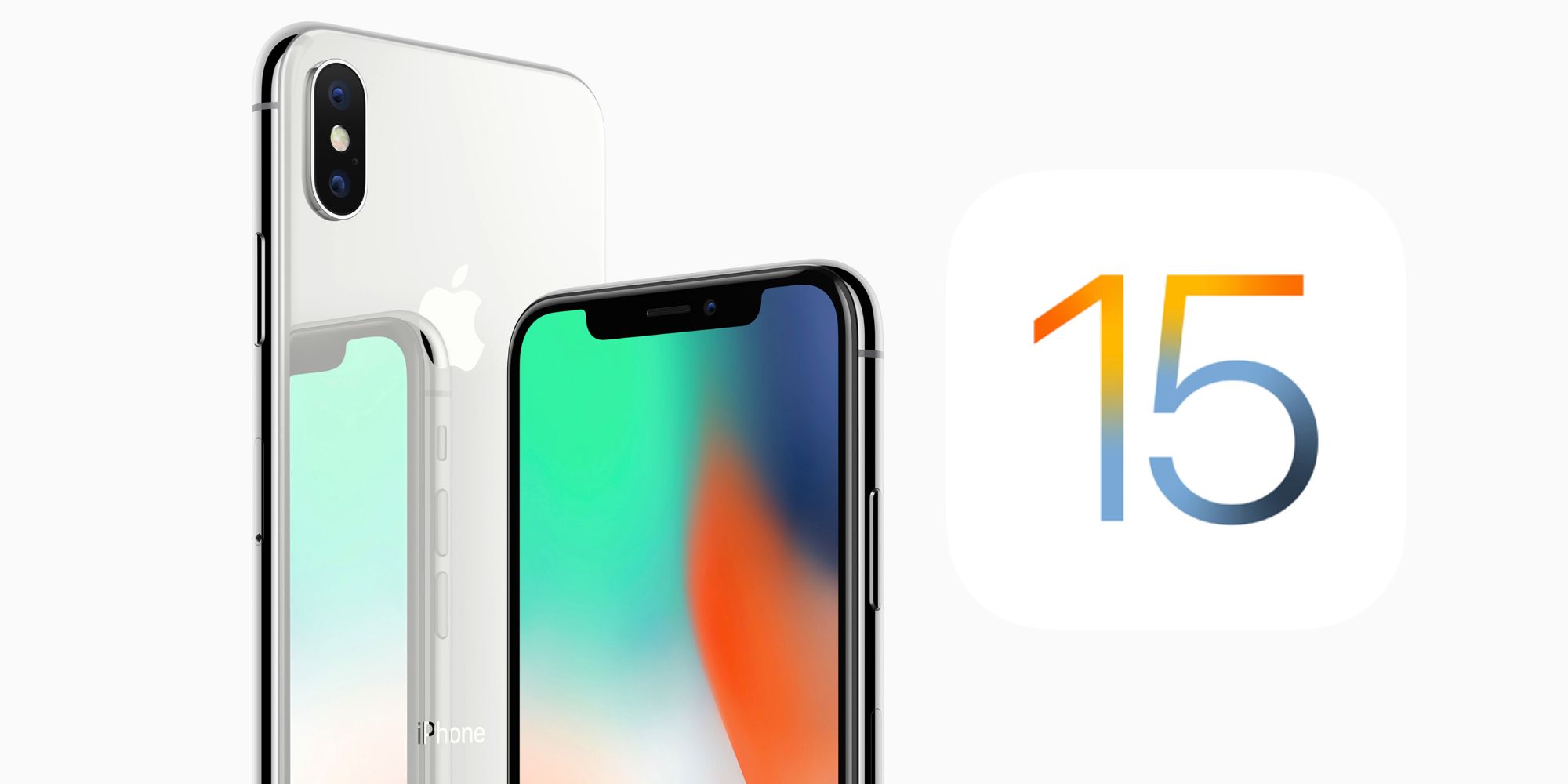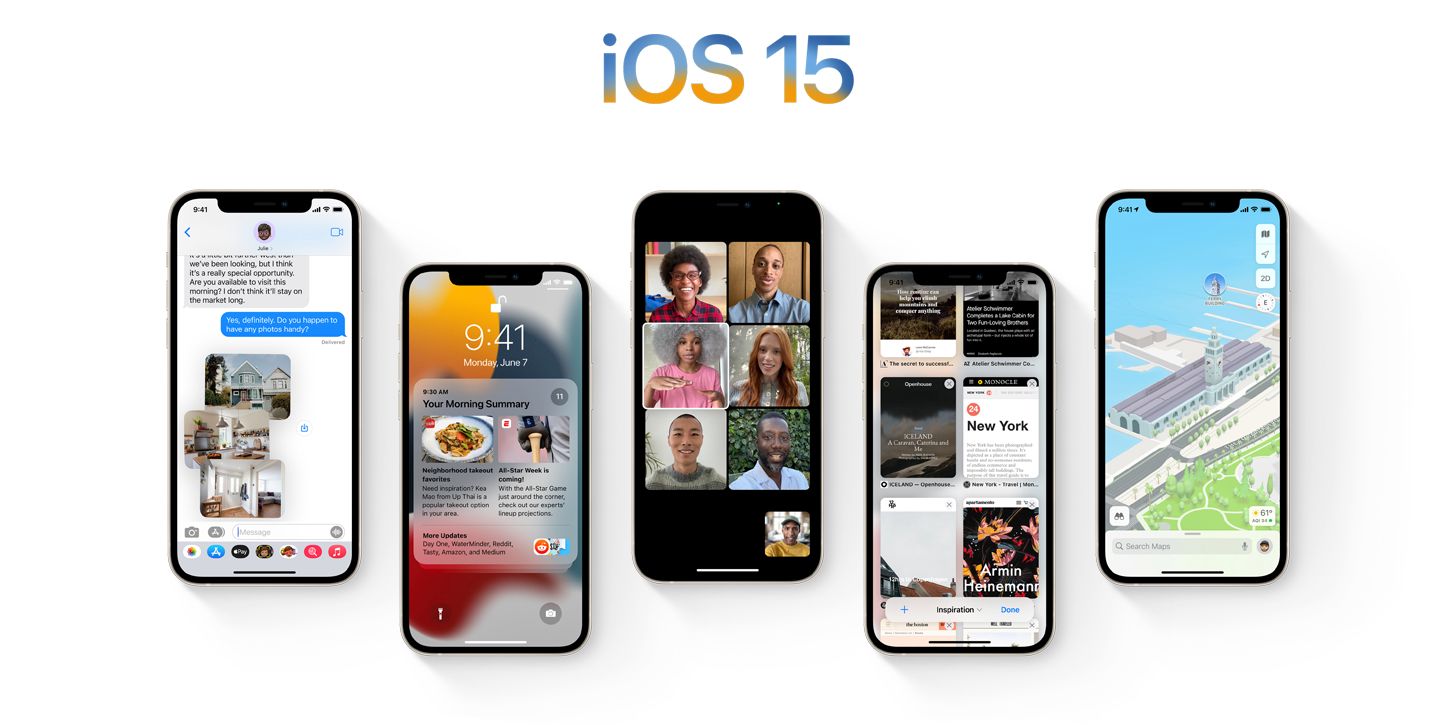
Apple is set to release iOS 15 for a multitude of iPhones this fall, but that’s not to say the update is the same across the board. Although every iPhone from the iPhone 6s and newer is eligible for iOS 15, some of iOS 15’s best features are only available on newer iPhone models.
Whenever Apple releases a new iOS update, the company receives a heap of praise for supporting older iPhone models that are multiple years old. Android handsets are lucky to receive three years of major OS updates, but in Camp Apple, the iPhone 6s from 2015 is getting iOS 15 just fine. That’s six years of update support! As great as that is, it’s important to understand that iOS 15 on older iPhones isn’t the same as it is on more recent ones. All of the highlight features — such as Focus modes, redesigned notifications, and SharePlay — are present, but many smaller features aren’t supported.
Per Apple’s website, certain iOS 15 features are only available on the iPhone 12 series (and presumably, the iPhone 13 when it launches later this year). These include faster 5G connectivity, 5G network prioritization when a slow Wi-Fi network is detected, and an upgraded Panorama mode in the camera app that “has improved geometric distortion and better captures moving subjects while also reducing image noise and banding.” There are also a couple of iOS 15 features that require at least an iPhone 7 or iPhone 8. If someone wants to use the new dynamic head tracking feature with spatial audio in Apple Music (compatible with AirPods Pro or AirPods Max), they’ll need to make sure they’re using an iPhone 7 or newer. Additionally, the Walking Steadiness feature in Apple Health is only supported on the iPhone 8 and up.

Along with all of the features mentioned above, many of the updates in iOS 15 require at least the iPhone XS or newer. This boils down to some of iOS 15’s features requiring a lot of processing power, and for older iPhones, they aren’t powerful enough to support them. This is seen first and foremost with certain FaceTime features — specifically, Spatial Audio and Portrait Mode. The former allows for a much more lifelike audio experience, whereas the latter blurs the background around someone in a call. Both aim to make FaceTime more immersive than ever before, but if someone has an iPhone older than the iPhone XS, they won't be able to use them.
The same is true for select features in Apple Maps. iOS 15 adds an interactive 3D globe for users to quickly browse the entire planet, more detailed cities, and 'immersive' walking directions powered by augmented reality — so long as someone's using an iPhone XS or newer. This limitation also applies to home/hotel/car keys in Apple Wallet and the new animated backgrounds in the Weather app.
Unfortunately, that's not where the feature limitations end. Once again requiring an iPhone XS or newer is Live Text — essentially Apple's answer to Google Lens. Live Text allows users to copy, paste, lookup, and translate text in any photos they take. The same is true of Visual Look Up, which enables the iPhone to detect certain items in pictures and provide more information about them (such as pet breeds, flowers, plants, etc.). And, last but certainly not least, a newer iPhone is required for many of the improvements to Siri. Older iPhones on iOS 15 won't get on-device processing for faster response times, on-device personalization, on-device dictation, or offline support. iOS 15 is still a very welcome upgrade of older releases like the iPhone X, iPhone 8, etc., but it's important to keep expectations in check when it arrives later this year.
Source: Apple
from ScreenRant - Feed https://ift.tt/3e9Q5EX


0 Comments